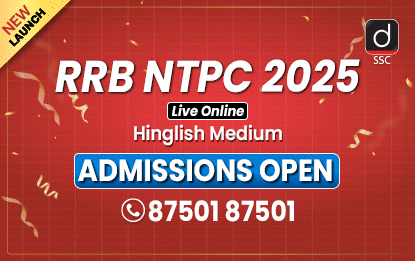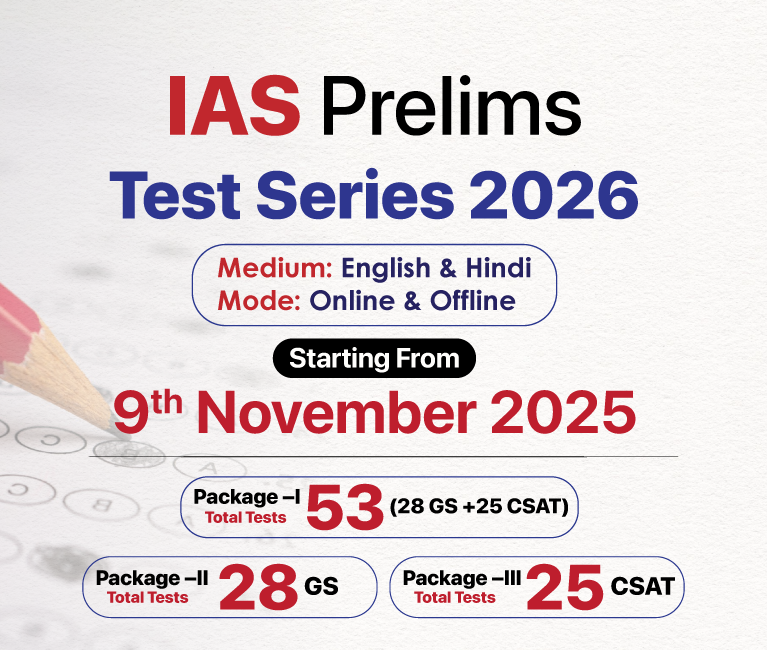Maharashtra Switch to Hindi
Uran Mangroves
Why in News?
Large stretches of mangroves in Uran are showing natural regeneration after years of illegal destruction, debris dumping, and neglect.
Key Points
- Uran lies in the Raigad district of Maharashtra, forming a crucial part of the Navi Mumbai mangrove belt and the Mumbai Metropolitan Region’s (MMR) coastal ecosystem.
- The region includes ecologically sensitive wetland clusters such as Panje Wetland, Karnala bird corridor link, Belpada, Bokadvira, and TS Chanakya marshes.
- The mangroves mainly consist of Avicennia marina, a hardy species capable of surviving high salinity and pollution.
- These mangroves act as natural flood barriers, carbon sinks, and buffers against cyclones and storm surges in the Mumbai harbour region.
- Uran is a vital habitat along the Central Asian Flyway, attracting migratory birds like flamingos, sandpipers, godwits, herons, and raptors.
- Key threats include port expansion (JNPT), CIDCO development projects, highways, industrial effluents, debris dumping, landfilling, and encroachments.
National Current Affairs Switch to Hindi
India to Host Commonwealth Games 2030
Why in News?
Prime Minister congratulated the nation as India has officially won the bid to host the Centenary Commonwealth Games 2030, a historic sporting milestone marking 100 years of the Games.
Key Points
- About the Commonwealth Bid:
- India will host the Centenary Commonwealth Games 2030 in Ahmedabad.
- This achievement represents a major diplomatic and sporting milestone, significantly enhancing India’s visibility and credibility in global sports governance.
- Hosting the 2030 Games aligns with India’s long-term sporting vision, particularly its efforts to upgrade sports infrastructure, strengthen global event hosting capacity, and enhance athlete support through programmes such as Khelo India and the Target Olympic Podium (TOP) Scheme.
- India last hosted the Commonwealth Games in 2010, when the event was held in New Delhi.
- About Commonwealth Games:
- The Commonwealth Games (CWG) is an international multi-sport event held every four years, bringing together athletes from all 56 Commonwealth nations.
- It was first conducted in 1930 at Hamilton, Canada as the British Empire Games. India first participated in the 1934 London Games.
- The event is governed by the Commonwealth Sport (earlier known as Commonwealth Games Federation), headquartered in London (England), which ensures that the Games uphold the core values of humanity, equality, and destiny.
- The 2026 Commonwealth Games are scheduled to take place in Glasgow, Scotland.


.png)








.png)


.jpg)



 PCS Parikshan
PCS Parikshan

